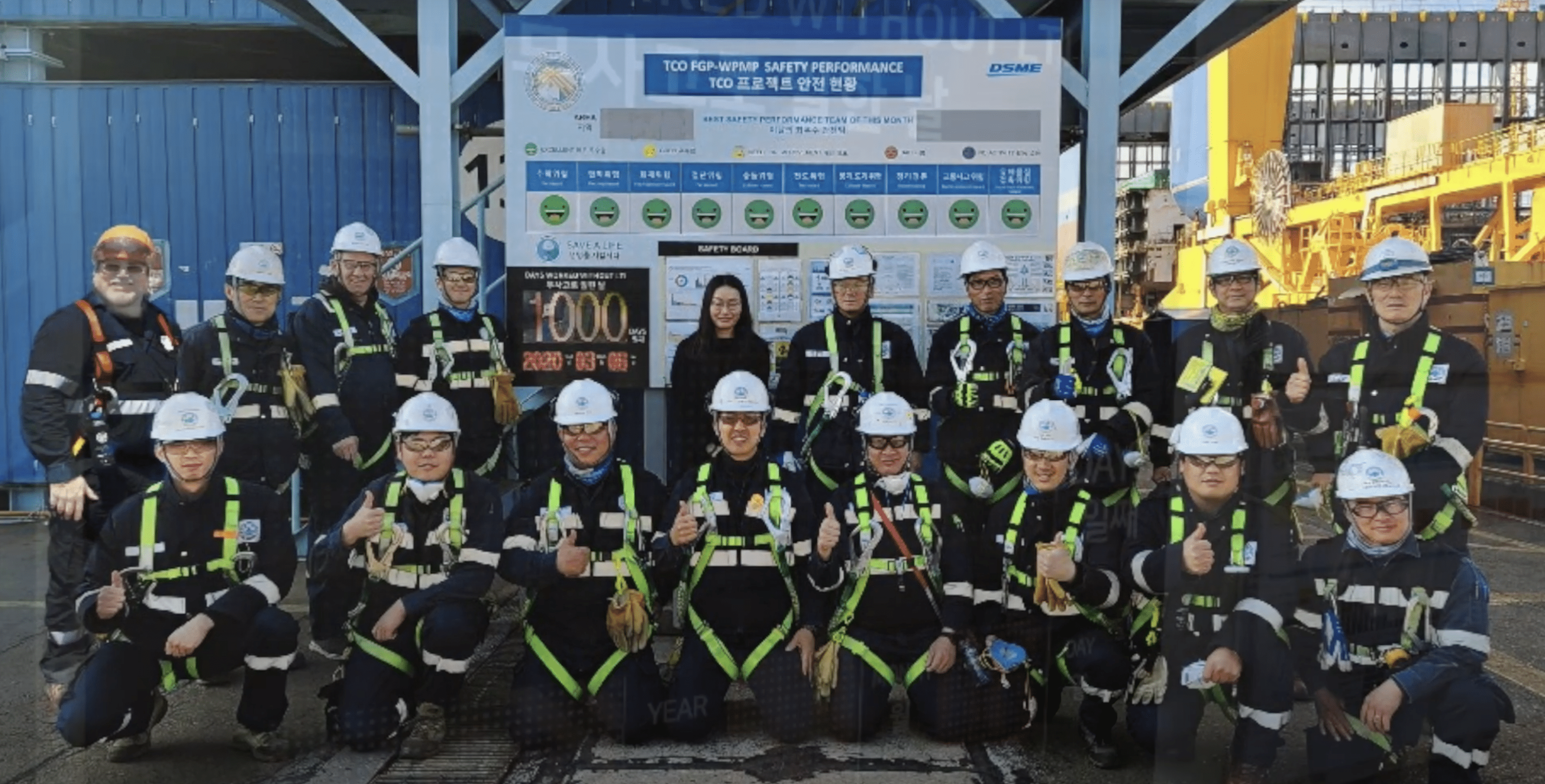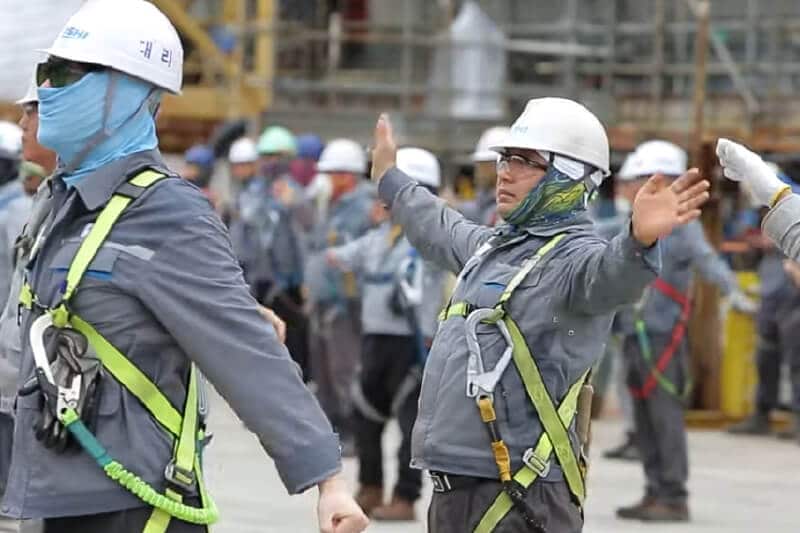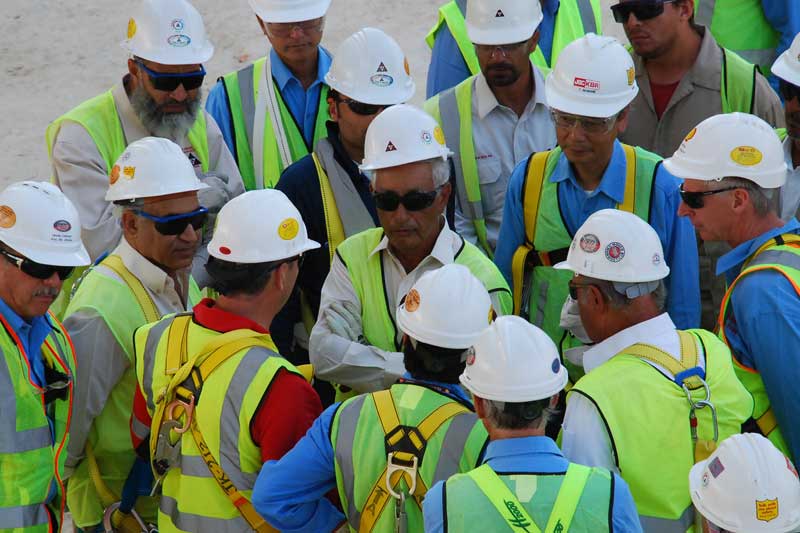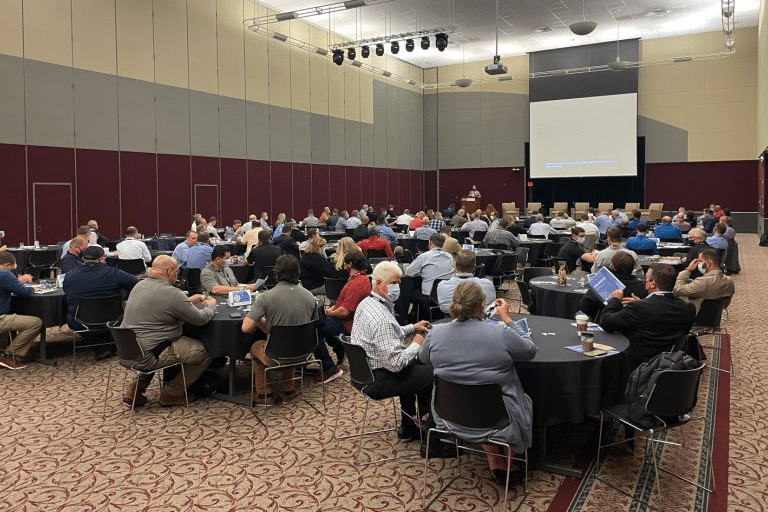More Prediction and Control will not Break our Flat-line Safety Results

JMJ to Speak at Qatar International Business Women Forum (QIBWF)
December 16, 2014
JMJ and Professor Sidney Dekker to Co-host Provocative Discussion on Leading and Managing Safety Differently
February 18, 2015More Prediction and Control will not Break our Flat-line Safety Results
January 21, 2015
Note: This is Part V in a series of posts entitled "Evolving Beyond Behaviourism." To read Part IV, please click here.
"More prediction and control—Management—will not break the flat-line results we are experiencing globally in most of our companies. Safety Leadership can."
An oft-heard phrase in forward-looking companies is, “We are on a safety journey,” which I applaud. Readers of this blog column have joined a conversation that is embarking on one such journey: moving beyond behaviorism (and the unspoken principles that have driven it) and taking on new ways of leading and managing Safety Differently.
Recognizing the influence of James Reason, Eric Hollnagel, Sidney Dekker and others, and incorporating my experiences and those of my colleagues in JMJ who are working on operating and construction sites worldwide, I have proposed principles for approaching Safety Differently.

In my last blog, I added the following principle:
Safety is not static. Leadership continuously creates safety, while safety is predicted and controlled by Management.
Currently, when it comes to safety, most companies and sites over-manage and under-lead. The emphasis on Safety Management has paid performance dividends in the past, but needs to evolve.
More prediction and control—Management—will not break the flat-line results we are experiencing globally in most of our companies.
Safety Leadership can.
Libraries are full of books on Leadership, and I will not begin to write another one here. But I will say that we are imposing Management approaches and language on people (recall Principle #1: People are not the problem, they are the pathway to solutions).
This simply isn’t working
We are afraid to give up prediction and control out of fear of incidents. In too many cases, safety management is unduly influenced by lawyers and public affairs managers, rather than a commitment to achieve greater safety performance. (More on these points in a later blog.)
Safety Management is critical. I am not attacking it or saying it is not needed—most of us are simply not applying it correctly.
I believe Safety Management can be summarized as Prediction and Control.
| Prediction includes: | Control includes: |
| Assessment | Elimination |
| Preparation | Substitution |
| Planning | Prevention |
| Analysis | Mitigation |
| Identification | Measurement |
| And the commensurate systems, resourcing, processes and procedures for each | Reporting |
| Response | |
| And the commensurate systems, resourcing, processes and procedures for each |
All of these words are readily and appropriately applied to managing processes, systems and organizations. (I recognize this is an incomplete list but believe it is useful to then present Safety Leadership as a counterpoint. My invitation: Join the conversation in the comment section below or on our LinkedIn safety conversation! Let’s refine and develop this together.)
Not one of the words in the table above is an effective way to lead people.
Leadership is described in many ways, but for this purpose I will say that Safety Leadership can be summarized as Perspective and Catalyst.
JMJ suggested that perhaps there was a bigger opportunity here. Rather than just reinforcing the rules, what might provide a better overall outcome?
| Perspective includes: | Catalyst includes: |
| Context | Committed |
| Vision | Passionate |
| Meaning | Stand |
| Urgency | Model; Inspire |
| Framing | Champion |
| Awareness | Change Agent |
| Direction-setting | |
| Developing | |
| Transforming |
All of these words are very useful in leading and managing people.
Again, Safety Management is critical. Management brings credibility to Leadership, but Management without Leadership is bureaucratic and static, leading to stifling and wasteful execution.
Again, in safety, we are currently over-managed and under-led. As a result, we fall in the trap of using the language and means of Management to work our way out of our current safety predicaments.
Companies that have enjoyed great safety progress and are operating in largely safe conditions will not keep more people safe and prevent more incidents through more Safety Management alone.
Safety and, more specifically, safety improvement needs Leadership commensurate with (and as) an organizing precedent towards Safety Management.
For example:
Laing O’Rourke is a very large global engineering and construction company. Recently, their site manager on one of the largest construction sites in Western Australia presented a Root Cause Analysis (RCA) of a recent occurrence to more than 100 of his industry peers.
But it was not an RCA of an incident.
It was a team-based, “5-Why” approach to a large concrete pour—one successfully executed without any injuries or incidents. Done with the rigor of a serious incident RCA, it explored, at multiple levels, why the pour was successful and incident-free.
The RCA team then passed what they learned on to the teams conducting the next large pour.
The manager concluded his talk by distributing Laing O’Rourke corporate safety brochures, which listed the following new principles:
“Workers are not the problem, they are the solution.
Safety is not just the absence of harm—it is the presence of positives.”
Major resource companies executing Australia-based capital projects, marine operations, drilling on and offshore, etc., have been plagued by serious OSHA and process incidents that appear to result from bad behavior or poor management. To flip those notions on their head in front of a large group, then introduce a new way of working is attention-getting to say the least.
Is Laing O’Rourke’s specific process THE answer? No.
One could argue with some of their wording and quibble over the application of the RCA "5-Why" approach, but to do so in the face of this progress would be a grave mistake in my view—pun intended.
All arguments aside, the fact that a major contractor was willing to take on new territory with the principles that put workers at the forefront of success, then explore that success with the rigor with which we previously only explored incidents: what a breath of fresh air!
Congratulations to the company and Safety Leadership of Laing O’Rourke. They are managing Safety Differently, and are on a journey of change, inspiration, robust worker engagement and so much more.
This will lead far beyond behaviorism.
Thanks for reading. More to come in my next blogs—including additional examples and further exploration of Safety Leadership.
Please join the conversation. I welcome and will respond to your comments!
- Author










